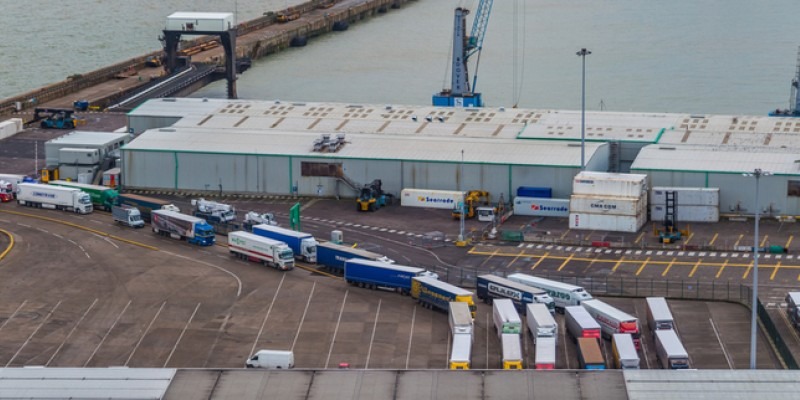
The government recently released details of how goods moving into and out of the UK will operate after the end of the transition period, on 1st January 2021. The document, titled the ‘Border Operating Model’, is an expansive 206 pages, covering both deal and no-deal scenarios. This blog will go through some of the key takeaways that every business should know. For more details, check out the resources at the bottom of the article or get in touch with the Trading Through Brexit team.
Importing from the EU to GB
- Whether or not there is a deal between the UK and the EU, products imported from the EU will have to be declared at customs.
- VAT on imports will apply.
- There will be an option to defer declarations and payments on customs and VAT, up to six months.
- If there isn’t a deal, tariffs may be applied to your imports (check the UK gov tariff calculator)
- Check your INCOTERMS – these will determine whether the importer or exporter is liable for imports declarations and costs (more info here).
- The UK has committed to its own certification regime to replace CE marking. The new certification will be called UKCA, and imported goods may have to have UKCA marking to be sold legally.
- Use mechanisms to make importing easier and more cost efficient:
- Customs Warehousing: Goods not in free circulation can stored in customs warehouses without payment of customs duty, excise duty or import tariffs (more info here).
-Inward Processing: If product is imported to be made or assembled in the UK, then exported to the EU then it will be exempt from import duties and VAT (more info here).
-Outward Processing: Allows for the temporary export of goods for processing or repair without need for import costs on re-entry (more info here).
-Temporary admission: importation of goods with partial or total relief because of a specific use for the goods (more info here)
-Customs Freight Simplified Procedures (CFSP): an electronic customs system for imported goods. It allows faster customs processing (more info here).
Exporting from GB to EU
- As with imports, exports to the EU will need to have customs declarations and will include VAT costs.
- If there isn’t a deal, goods exported to the EU may be subject to tariffs (check what would be here – use the United States as a proxy, as they do not have a trade deal with the EU).
- Check your INCOTERMS - these will determine whether the importer or exporter is liable for imports declarations and costs (more info here).
- ATA Carnets will be necessary for all goods going into and out of the EU (unsold), e.g. for trade shows (for more information and trusted sell, see here).
- Check your certification - You will have to ensure that you continue to have the certification to sell into the EU. If you have used a UK Notified Body, this may have to be transferred to the EU (more information here).
- Considerations to make exporting easier:
- Simplified Export Declarations: Allows you to have partial customs information initially, and send supplementary information at a later date (more info here).
- Transit Procedures: An electronic customs declaration, useful for when products are going through one EU country to be delivered to another (more info here).
- Smart Freight System: The UK government is consulting on an app that will allow customs to be automated at the Eurotunnel (an article explainer here).
Resources
- Log in to post comments
